Kyrgyz Beverages: Basic Overview
Common Ingredients
Common Preparing Methods
Drinking Etiquette
Influence and Fusion
Kyrgyz Beverages: Origin and Region
Cuisine
Culinary Region
Country’s Region
Classifications of Kyrgyz Beverages
-
Non-alcoholic Beverages
Are important drinks in locals’ daily life and social gatherings
Reflects the nomadic heritage and natural ingredients available in Kyrgyzstan.
-
Alcoholic Beverages
Are traditionally consumed during festivals, celebrations, and special occasions.
Showcases the unique fermentation and distillation methods passed down through generations.
Kyrgyz beverages are often rooted in the nomadic lifestyle, utilizing natural and locally-sourced ingredients such as mare’s milk, grains, tea, and more.
Influenced by nomadic and Central Asian traditions, Kyrgyz beverages are a fusion of cultural practices highlighting the region’s history and diversity.
The key preparation methods, including fermenting, brewing, and distilling, reflect centuries-old practices. These drinks are not only consumed for their refreshing qualities but also play an essential role in social gatherings and ceremonies.
So, what are these popular beverages in Kyrgyzstan? Follow me to discover the top 10 options in this Central Asia country and how to pair them with foods or dishes there.
10 Popular Kyrgyz Beverages
Explore the distinctive flavors of Kyrgyz drinks with these 10 options. You can also use the filter system to categorize them.
Tea
- Non-Alcoholic
- Traditional
Kyrgyz people love their tea! It’s like a warm welcome everywhere you go, from cities to villages in this country.
In the north, black tea is more popular, while folks in the south prefer green tea. The interesting part is how they drink it. Some like it sweet with sugar cubes, while others add milk, salt, or even fried flour for a special taste.
Depending on the region, you might be served tea in small bowls (especially in the south) to keep it hot, or larger cups called “chyn” (pial) in Issyk-Kul and Naryn areas.
In some areas like Talas and Naryn, boiling water for tea is done in a special samovar, a metal urn that adds a touch of ceremony to the tea making. FYI, green tea is a very well-loved drink in Tajikistan.
Koumiss
- Alcoholic
- Traditional
Koumiss, also called kymyz, is a special drink deeply connected to Kyrgyzstan’s nomadic past. It’s made from fermented mare’s milk, giving it a slightly sour and fizzy taste.
Traditionally, koumiss is enjoyed during the summer months (roughly March to June) when Kyrgyz people move their herds to high mountain pastures. It’s a symbol of hospitality and is often shared in yurts and tents used by nomads.
Many locals also consider koumiss a health drink, which is believed to help with digestion and other ailments. You can also find this beverage in Kazakhstan.
Maksym
- Non-Alcoholic
- National
- Street Beverages
- Traditional
Maksym is a fermented beverage made from grains, such as malt, wheat, barley, and sometimes corn. As a fermented drink, maksym has a slightly sour taste with a bubbly texture. It’s a national drink of Kyrgyzstan.
Traditionally, maksym is made by boiling ground grains in water, letting them cool, and then introducing yeast to create a fermentation process.
Today, thanks to Shoro company, a popular producer of this drink in the country, it’s now readily available in stores and even sold on street corners. Most people enjoy Maksym chilled, making it a refreshing choice on a hot day.
Bozo
- Alcoholic
- Traditional
Bozo is a unique Kyrgyz drink in rural Kyrgyzstan, especially during the winter months. It’s a thick, porridge-like beverage made from fermented grains like millet or corn. The grains are boiled and then strained, resulting in a slightly alcoholic drink.
Its taste is mild and slightly sweet, and some people enjoy adding sugar cubes for extra sweetness. It’s often served warm in bowls as a way to welcome guests.
Chalap
- Non-Alcoholic
- Street Beverages
- Traditional
Chalap is a refreshing beverage made by mixing fermented milk (like yogurt) with water and salt that you can easily find in Kyrgyzstan.
The taste can be a bit surprising at first – some describe it as tangy, salty, or even a little like cheese. But that’s what makes it special!
Chalap is a perfect option for the summer months. You can find it bottled in stores or sold fresh by street vendors. It’s also a certain part of rural Uzbek-style drink.
Aralash
- Non-Alcoholic
- Street Beverages
- Traditional
Aralash is a flavorful Kyrgyz beverage made by mixing two popular drinks: maksym and chalap. That’s why aralash has a delightful balance between sweet, salty, and fizzy.
Aralash is a perfect choice for hot days. You can find Aralash bottled in stores or sometimes sold by street vendors who mix it fresh.
Ayran
- Non-Alcoholic
- Traditional
Ayran is a refreshing and healthy beverage deeply woven into Kyrgyz culture. It’s made by simply mixing yogurt, water, and salt, creating a cool, tangy drink similar to buttermilk. Sometimes, for an extra touch, fresh herbs like mint are added.
In fact, ayran is a practical drink for a nomadic lifestyle. It’s easy to make with readily available ingredients and keeps well in hot weather.
Traditionally, ayran is enjoyed throughout the year, but it’s especially popular during hot summers when it helps cool you down and keeps you hydrated. In Turkey’s beverage list, ayran is also a significant choice.
Jarma
- Non-Alcoholic
- National
- Traditional
Jarma is a flavorful cold beverage native to Kyrgyzstan. It’s made from ground grains like wheat. While related to the fermented drink maksym, jarma isn’t fermented itself. Instead, it’s often mixed with ayran (a yogurt drink) to create a similar fizzy sensation.
Jarma’s taste is sour, salty, and slightly like oatmeal. In the past, jarma was made at home, but today, it’s widely available commercially in bottles or sold fresh by street vendors. Jarma is also a national Kyrgyz drink.
Kymyz
- Alcoholic
- Traditional
In Kyrgyzstan, kymyz is a fermented beverage made from mare’s milk. The fermentation process gives this drink a slightly sour flavor and a low alcohol content.
Kymyz is an ancient beverage. Shepherds traditionally produce kymyz during the summer when the mares are grazing on fresh mountain pastures. The milk is fermented in leather bags, sometimes hung on yurts, and churned regularly to ensure proper fermentation.
Today, Kymyz is enjoyed at various festivals and gatherings. Plus, many locals believe Kymyz has medicinal properties, aiding digestion and boosting the immune system.
Arak
- Alcoholic
- Exotic
Arak is a traditional alcoholic beverage in Kyrgyzstan, typically distilled from fermented mare’s milk or grain.
The preparation of Arak involves a meticulous distillation process, ensuring its distinctive strong flavor and high alcohol content. It is known for its clear appearance and is sometimes compared to vodka in terms of its strength and use.
In Kyrgyzstan, arak is often served to guests and in many cultural ceremonies and celebrations.
What Are Suitable Kyrgyz Foods or Dishes to Pair with Drinks?
Here are several examples of foods and dishes that you can pair with these 10 Kyrgyz drinks.
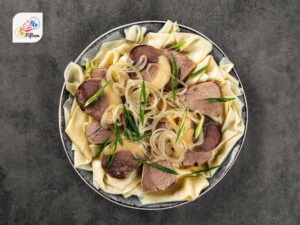
Tea
With beshbarmak, samsa, and boorsok.
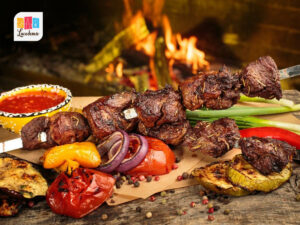
Koumiss
With shashlik, kuurdak, and lagman.
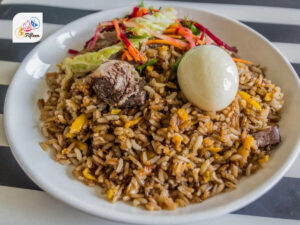
Maksym
With paloo, manti, and gulchatai.

Bozo
With chuchuk, kattama, and shorpo.

Chalap
With ashlyanfu, lepeshka, and samsa.
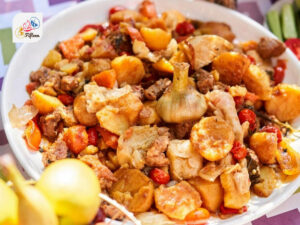
Aralash
With dimlama, piroshki, and chalpak.
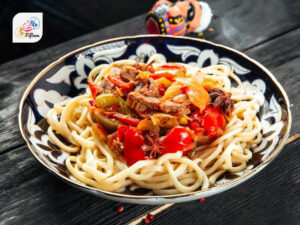
Ayran
With kuurdak, laghman , and paloo

Jarma
With beshbarmak, shashlik, and qattama.
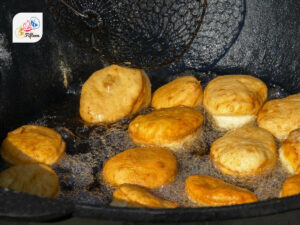
Kymyz
With kuurdak, plov, and boorsok.
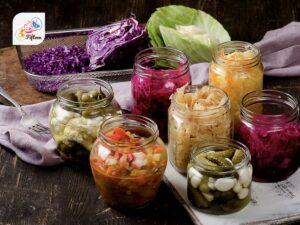
Arak
With chuchuk, kuurdak, and beshbarmak.
The Kyrgyz cuisine is full of unique dishes, so make sure you know what they are or their components to pair them with suitable drinks.
Have you enjoyed learning about the drinks of Kyrgyzstan? If yes, give this post a like and share it with your friends! Thirsty for more? Explore other fascinating articles on my site for more beverage inspirations.



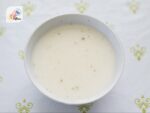
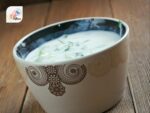
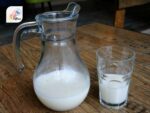

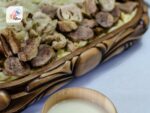
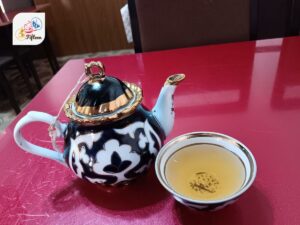
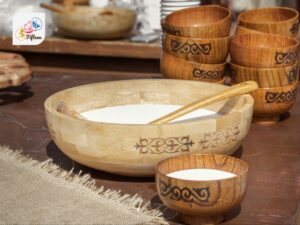
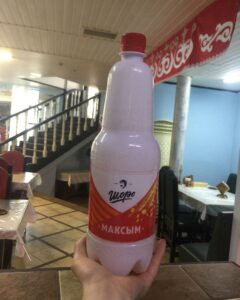
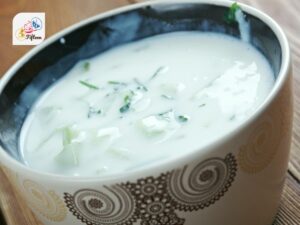
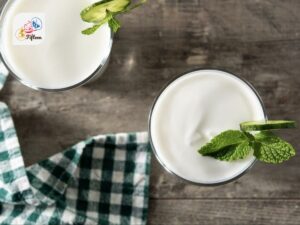
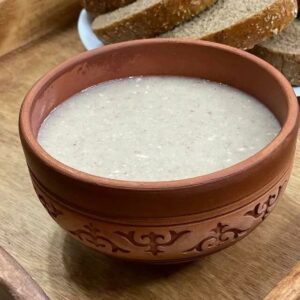
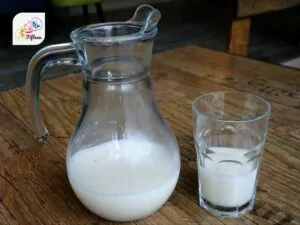

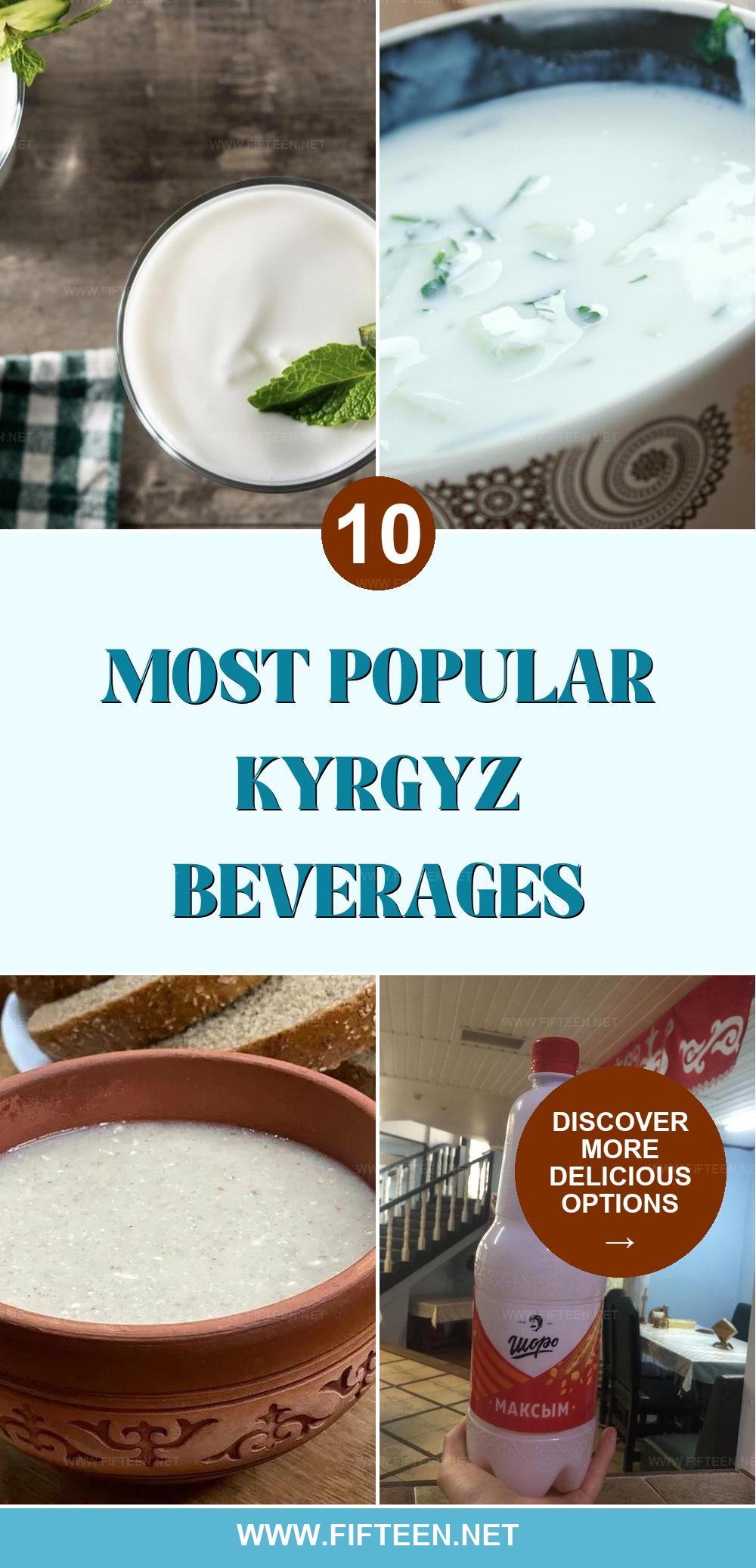
Jamie Scott
Editor in Chief, Senior Content Writer
Expertise
Home Cooking, Meal Planning, Recipe Development, Baking and Pastry, Food Editor, Cooking-video Maker, Western Food Evaluation Expert
Education
Le Cordon Bleu College of Culinary Arts
Local Community College, New York, NY
Jamie Scott is a skilled culinary expert and content creator specializing in Western cuisine. With over 15 years in the culinary field and formal training from Le Cordon Bleu, Paris, Jamie deeply understands how to blend nutrition with delicious flavors. His passion for cooking matches his commitment to making healthy eating accessible and enjoyable.
On Fifteen.net, Jamie brings a fresh perspective to classic dishes and beverages, offering readers insightful recipes, cooking tips, and a fresh view on meal planning that emphasizes taste, health, and simplicity.